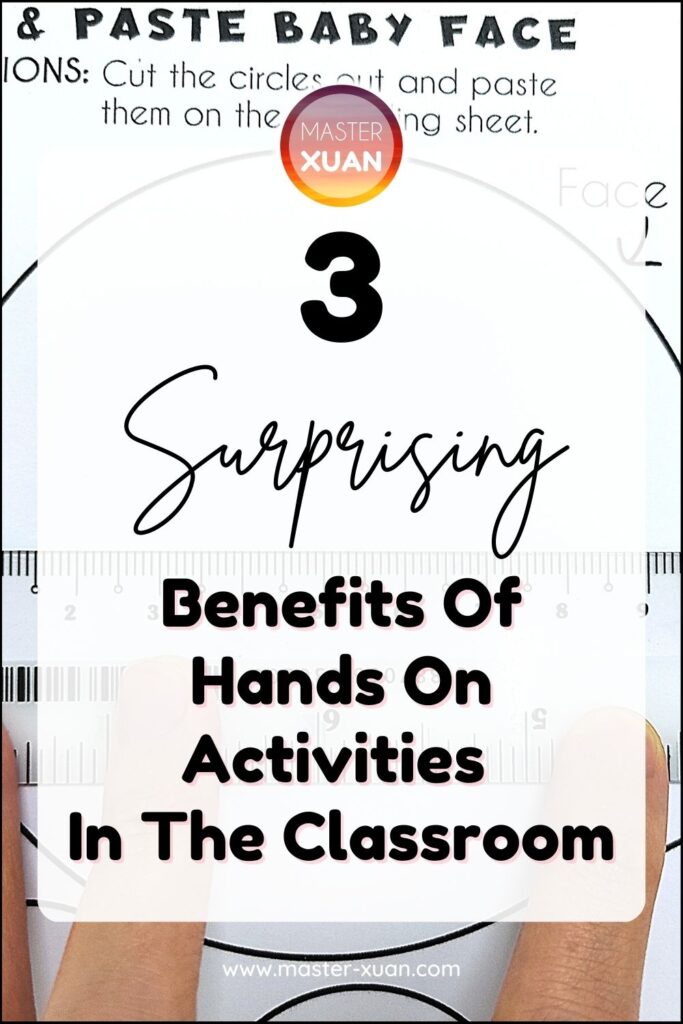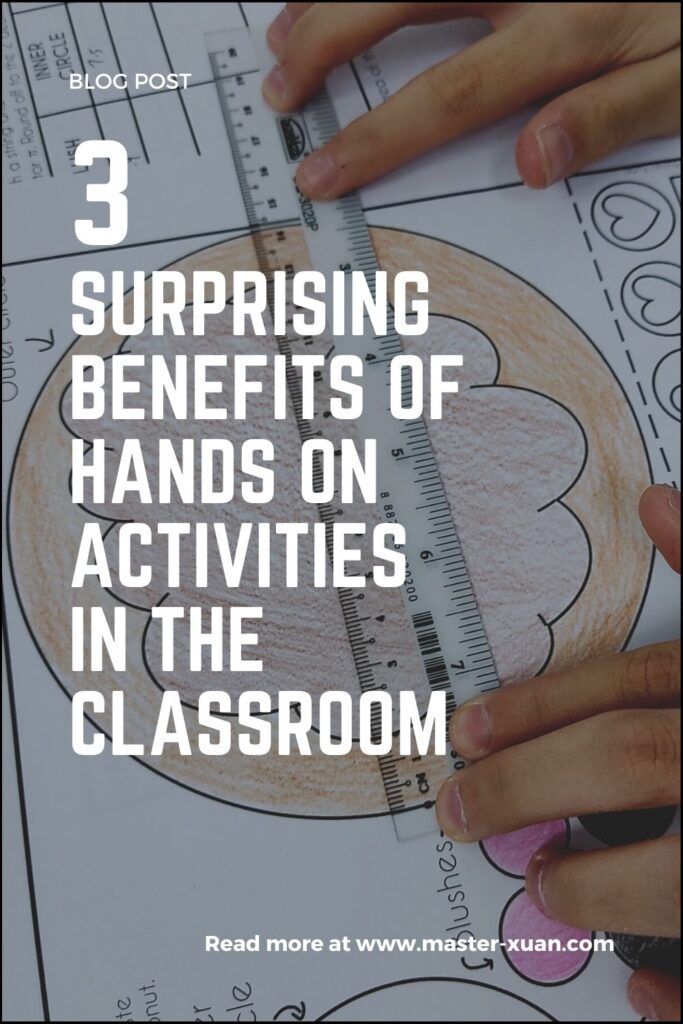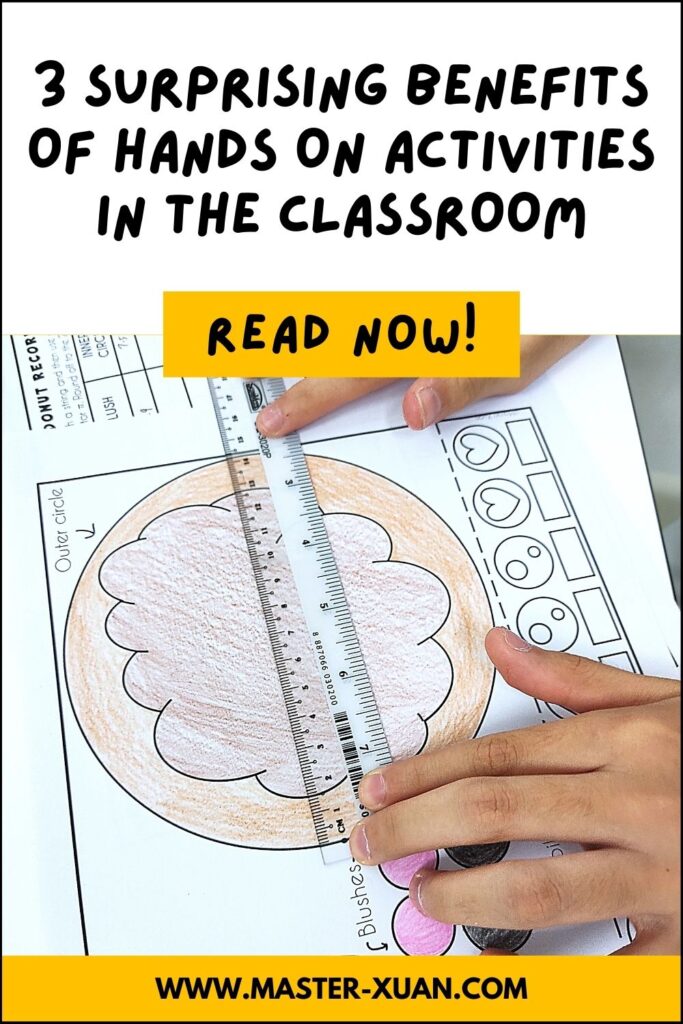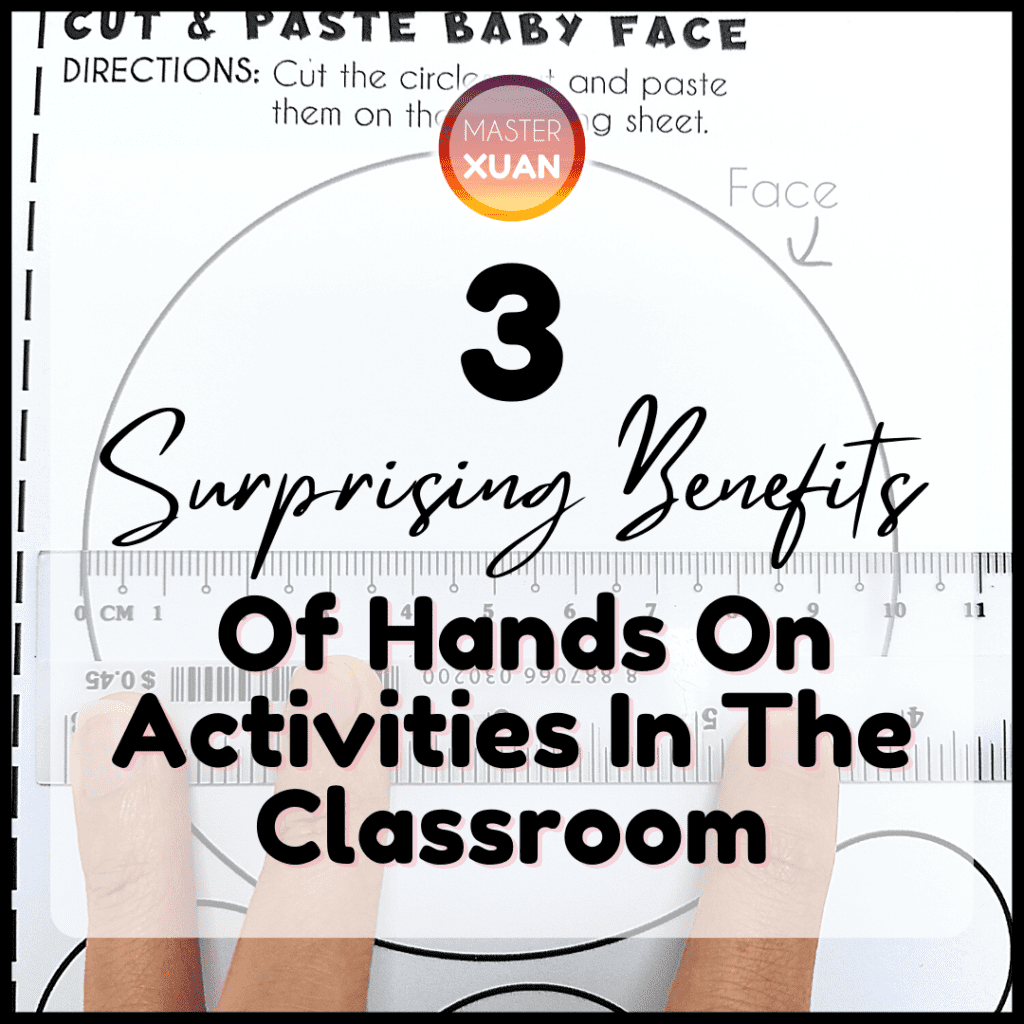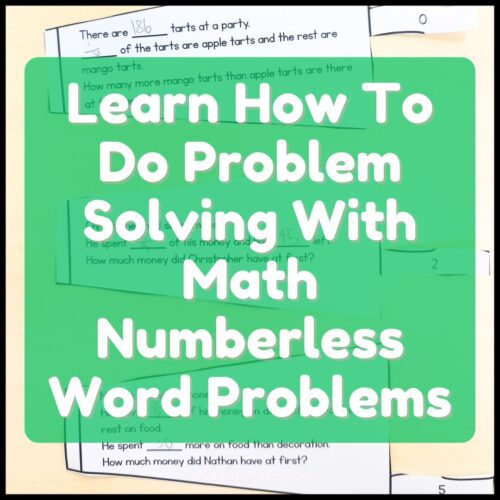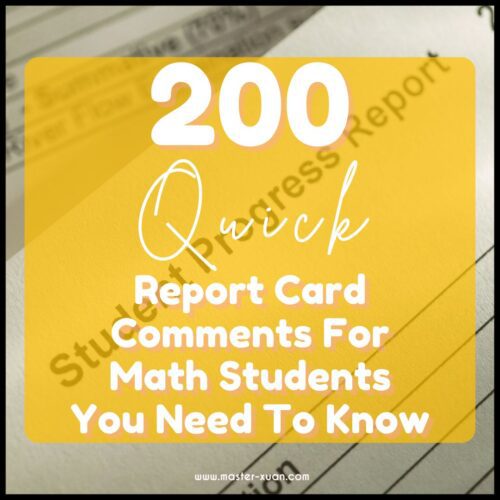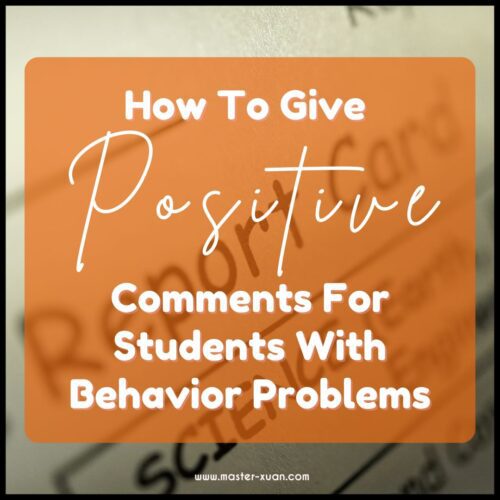Teachers and parents need to know the benefits of hands-on activities in the classroom so that we can welcome this technique and use them without guilt. It is always questioned whether these activities are simply a way to entertain students, or if they truly contribute to their learning.
Hands-on activities can be time-consuming, which may make it seem like students are not spending the most of their time on learning. This can cause some to question the effectiveness of hands-on activities in promoting student learning.
Many parents prioritize their child’s academic success and want to ensure that classroom activities are effective in maximizing their child’s education.
As educators, we understand that and also want that for our students. But we also understand how challenging it can be to engage students and teach them all the math skills required of them to learn within a time frame.
We’re constantly seeking ways to improve our teaching practice and that’s when hands-on activities come into sight.
Let’s first gain a clear understanding of what hands-on activities are and the potential benefits they offer in the classroom before using them.
As a math teacher, I’ll provide examples and explanations that focus specifically on the subject of math.
This blog post will delve into the many benefits of hands-on activities in the classroom and offer examples and resources that you might find helpful.
Whether you’re a seasoned educator or new to teaching, I hope this post will inspire you to try different teaching techniques and ultimately enhance your students’ learning outcomes.
What Are Math Hands-On Activities?
Math hands-on activities are activities that involve students actively engaging with mathematical concepts using physical objects or manipulatives.
These activities may involve students building models, using games or puzzles, or performing experiments or simulations to explore mathematical ideas.
The goal of math hands-on activities is to provide a more concrete and experiential understanding of abstract mathematical concepts, which can help students better understand and remember the material.


Examples of math hands-on activities include using manipulatives to explore fractions, building geometric shapes with straws or toothpicks, and playing games that involve counting, measurement, or logical reasoning.
Math Hands-On Activity VS Math Craft
It is common for us to categorize activities that require the use of fine motor skills as hands-on activities.
Many teachers refer to cut-and-paste activities and math crafts as hands-on activities even though these actions do not help students to solve or understand a math problem.
For example, in Area and Circumference of a Circle Activity, students get to measure the circumferences of circles.
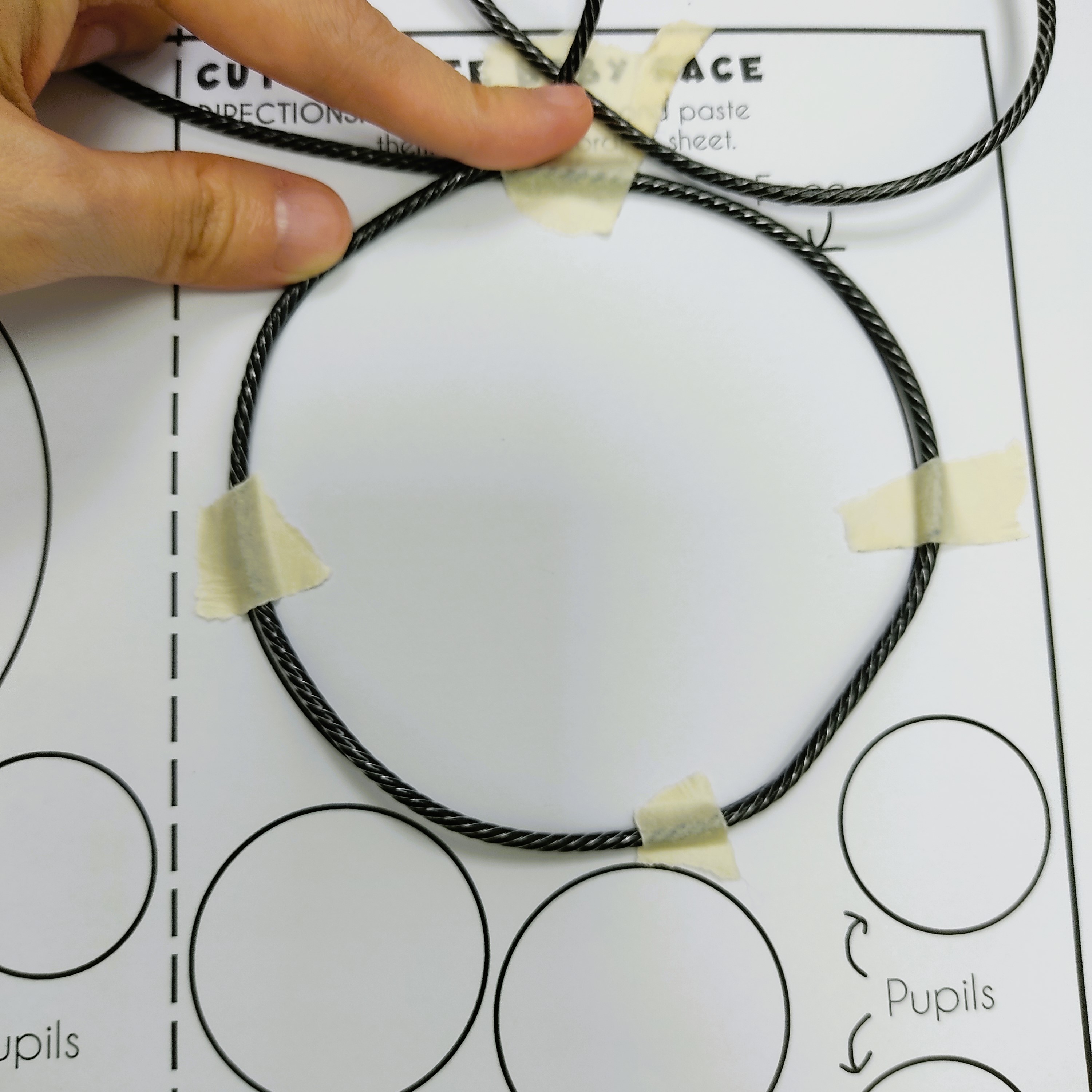

But in Fractions Hands On Activities, only the solving of questions is related to fractions.
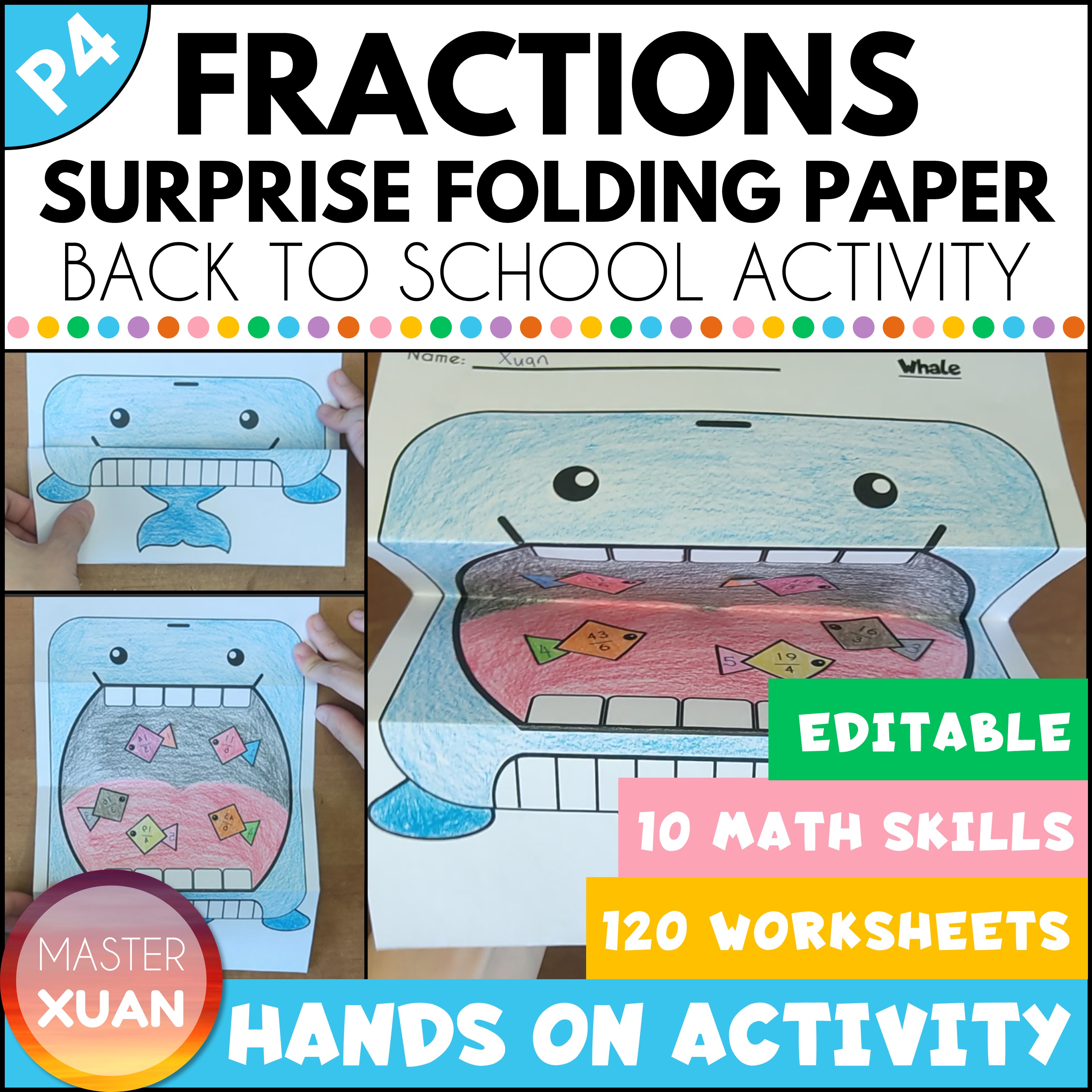

While a math craft can certainly be a fun and creative way to engage students with the material, it may not necessarily provide the same level of active engagement or conceptual understanding as other types of hands-on activities, such as using manipulatives to explore mathematical concepts or conducting experiments to test mathematical hypotheses.
In Area and Perimeter Hands On Activities, students can count the number of squares on the grid to find the area of the rectilinear.
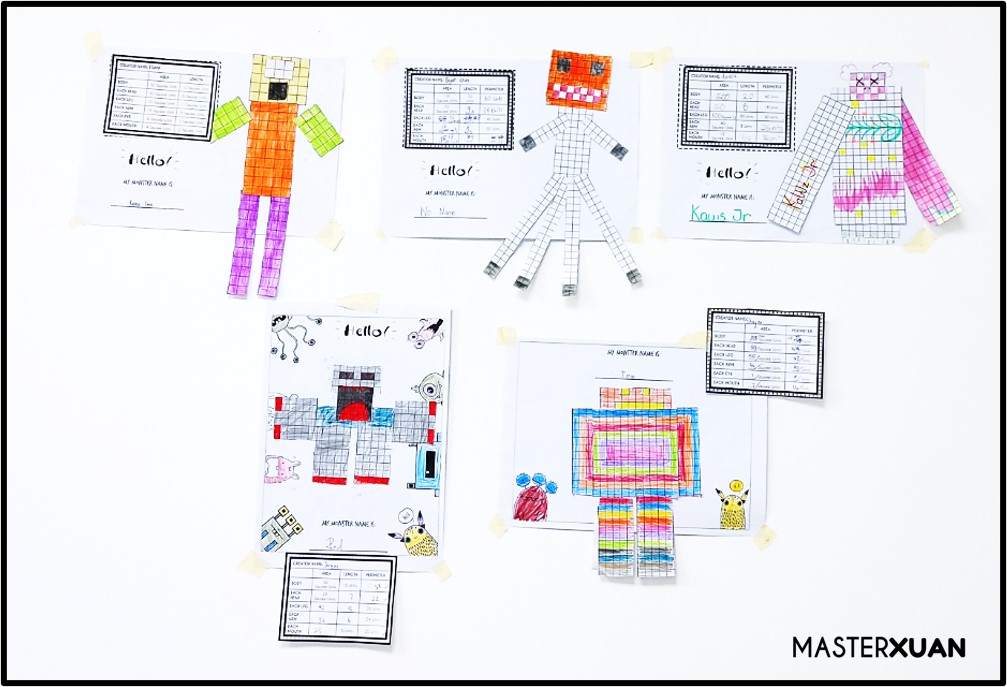

However, it’s worth noting that math-themed crafts can still be valuable for engaging students with math and promoting a positive attitude towards the subject, even if they are not strictly hands-on math activities.
In this blog post, many of these benefits may also apply to the generalized meaning of hands-on activities.
The Common Benefits Of Hands On Activities In The Classroom
- Enhanced engagement and motivation: Hands-on activities can make learning more enjoyable and exciting for students, increasing their engagement and motivation.
- Improved retention of information: When students are actively involved in hands-on activities, they are more likely to retain the information and concepts they are learning.
- A better understanding of abstract concepts: Hands-on activities can help students better understand abstract concepts by giving them a concrete and tangible way to experience them.
- Development of problem-solving skills: Hands-on activities often require students to use their problem-solving skills, which can help them develop these skills over time.
- Encouragement of creativity and innovation: Hands-on activities can encourage students to be creative and innovative in their approaches to solving problems, which can help them develop critical thinking skills.
- Opportunities for collaboration and teamwork: Hands-on activities often require students to work together, which can help foster a sense of collaboration and teamwork among students.
- Relevance to real-life situations: Hands-on activities can provide students with a more practical and relevant learning experience, connecting the subject matter to real-life situations.
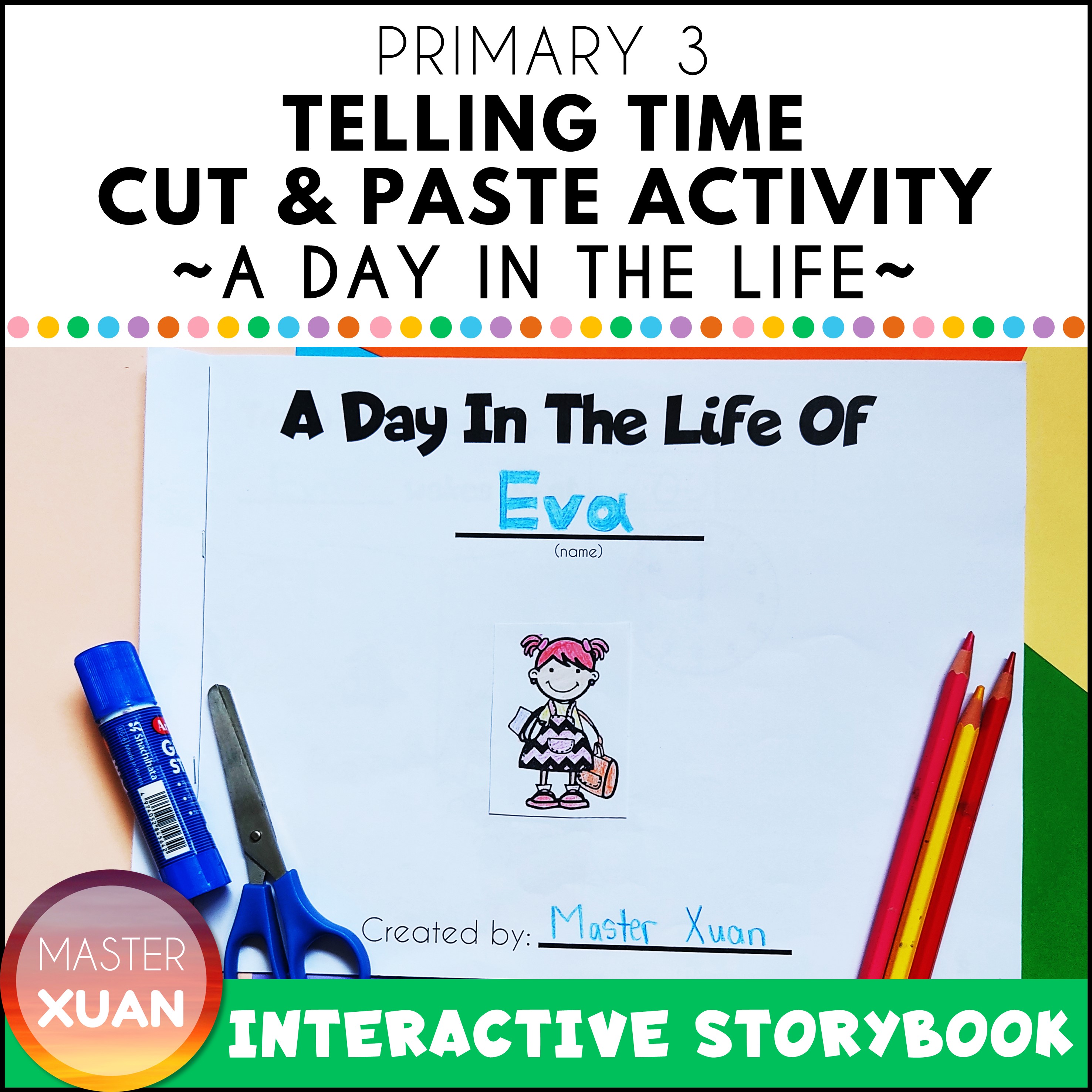

Now that we recap the usual benefits, here are the 7 unique benefits that you may not have thought of before.
1. Boosts Emotional Regulation
Math hands-on activities can also boost emotional regulation in students. Engaging in hands-on activities such as building structures with blocks or solving math problems using manipulatives can be a calming and soothing experience for many students.
This type of activity can help to reduce stress, anxiety, and frustration, which can negatively impact emotional regulation.
By engaging in these types of activities, students are able to focus their attention on the task at hand and engage in a more mindful and present state.
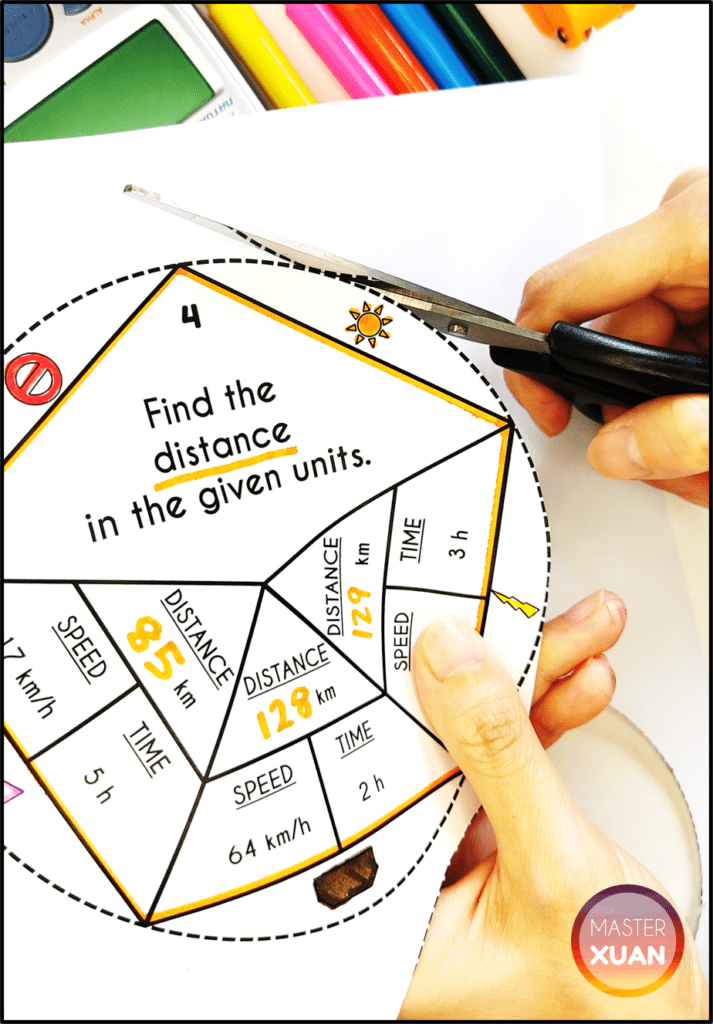

Furthermore, hands-on activities can provide a sense of control and mastery over the learning process, which can also contribute to emotional regulation.
When students have a sense of control over their learning, they are more likely to feel confident and empowered, which can help to regulate their emotions.
Additionally, hands-on activities can provide a sense of accomplishment and satisfaction when students successfully complete a task or solve a problem, leading to positive emotions and a sense of pride in their work.
2. Build their willingness to try
One of the benefits of math hands-on activities is that they can help to build students’ willingness to try. Many students struggle with math and may feel discouraged or intimidated by the subject.
However, when students engage in hands-on activities such as building structures with blocks or measuring objects, they are often required to use trial and error to arrive at the correct answer.
Perhaps with manipulatives, students feel that it is less finalized. They could always change their answer and no one will ever know (or so they think).
Through this process, students begin to understand that making mistakes is not a big deal.
Instead, it could be a chance to learn and improve.
This can help to build their willingness to try new things, take risks, and persevere in the face of challenges.
By engaging in hands-on activities and seeing that making mistakes is a natural part of the learning process, students can become more comfortable with taking risks and trying new things, which can be valuable skills not just in math, but in all areas of life.
3. Fostering Accountability And Realizing the Impact of Decision-Making
One of the benefits of math hands-on activities is that they can help students understand that there are consequences to their actions and they are responsible for that.
Students need to know that while math hands-on activities allow for trial and error and making mistakes, some mistakes cannot be easily reversed.
For instance, if a student cuts a strip of the paper too short, it cannot be easily lengthened again.
This emphasizes the importance of taking responsibility for their actions and being thoughtful in their decision-making, as some mistakes may have more significant consequences than others.
Similarly, when students do not cut or paste the strips of paper weaving properly, it can result in gaps or a distorted, crooked appearance.
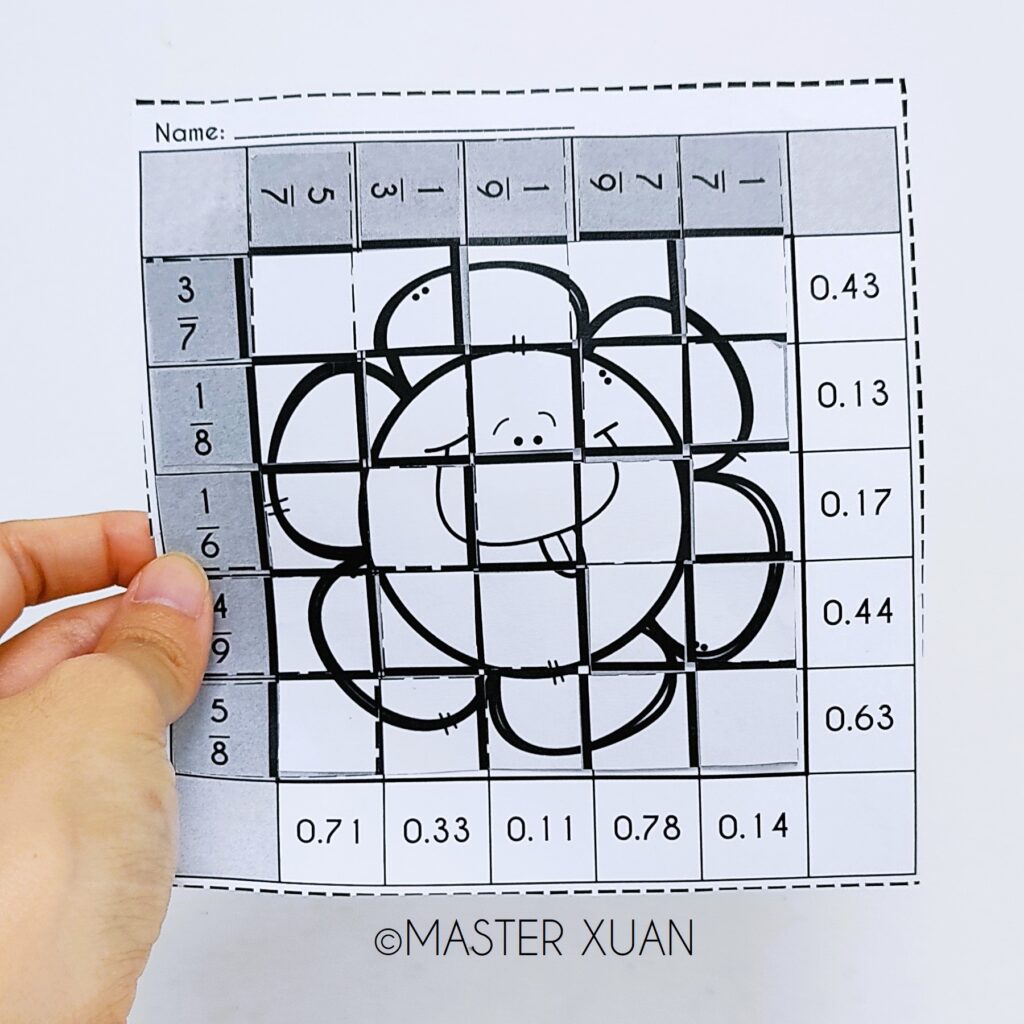

At this point, I take the opportunity to remind them that even small mistakes can affect the outcome, and I try to correct the errors when possible to demonstrate the difference they can make.
This helps them recognize that their actions and choices can have real consequences and that they need to be careful and thoughtful in their decision-making.
If the mistakes cannot be fixed, I encourage them with a statement one of my students made: “It’s okay to be imperfect.”
(To see the final results of my students’ work that prompted this realization, please check out my Instagram feed – @learningwithmasterxuan.)
Final Thoughts
So, in a nutshell, hands-on activities are a fantastic way to help students learn math concepts.
By using physical objects or manipulatives, students can grasp abstract concepts more easily and engage more deeply with the material.
Plus, these activities offer so many benefits beyond just improving math skills!
They can help with problem-solving, creativity, teamwork, and even emotional regulation.
Students can feel a sense of accomplishment and independence while exploring real-life situations that make learning more relevant and exciting.
While hands-on activities may require more time and effort to set up, their benefits are totally worth it.
Teachers and parents should be open to using them in the classroom to support students with different learning styles and promote their overall well-being.
Let’s embrace the power of hands-on learning and give our students the best chance to succeed!
Related Read: 10 Awesome Math Hands On Activities For Elementary Students
Here are some pins that you can save to bookmark this post. Save them to your Pinterest Board now! ↓
